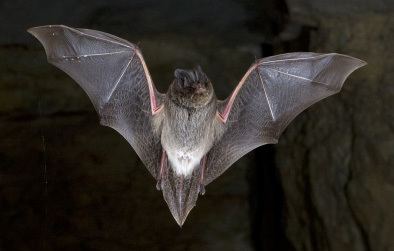Kingdom Animalia Order Chiroptera Genus Barbastella Higher classification Barbastella | Phylum Chordata Family Vespertilionidae Scientific name Barbastella barbastellus Rank Species | |
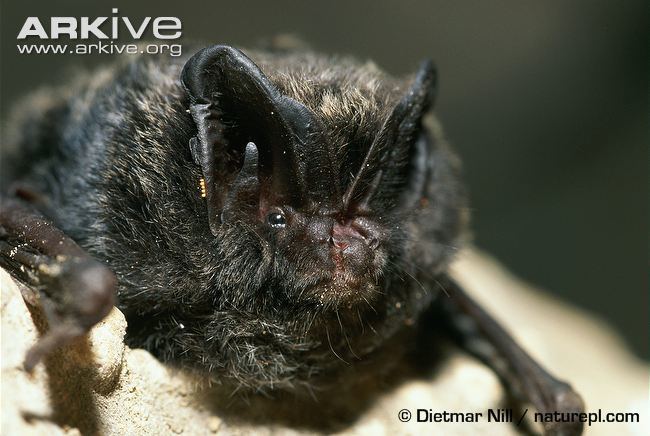 | ||
Similar Barbastella, Bechstein's bat, Greater mouse‑eared bat, Natterer's bat, Serotine bat | ||
Catching bats in night vision barbastelle bat maddie moate
The barbastelle (Barbastella barbastellus), also known as the western barbastelle, is a European bat. It has a short nose, small eyes and wide ears.
Contents
- Catching bats in night vision barbastelle bat maddie moate
- Barbastelle bat colony in flanders belgium
- Habitat
- Protection
- Echolocation
- References
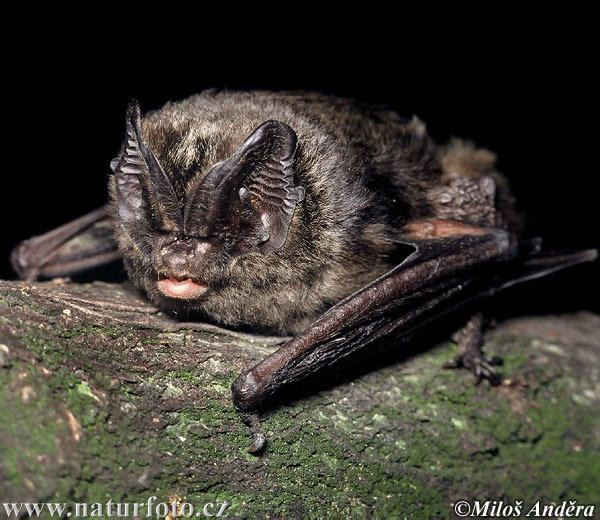
It is rare throughout its range. In Britain, only a few breeding roosts are known; Paston Great Barn in Norfolk, parts of Exmoor and the Quantock Hills in Devon and Somerset (see Tarr Steps), the Mottisfont woodland in Hampshire and Ebernoe Common in West Sussex. The UK distribution can be found on the National Biodiversity Network website here. In Norway, it was considered extinct, having only been sighted in 1896, 1911, 1913 and 1949. However, it was again found in 2004 and 2008.
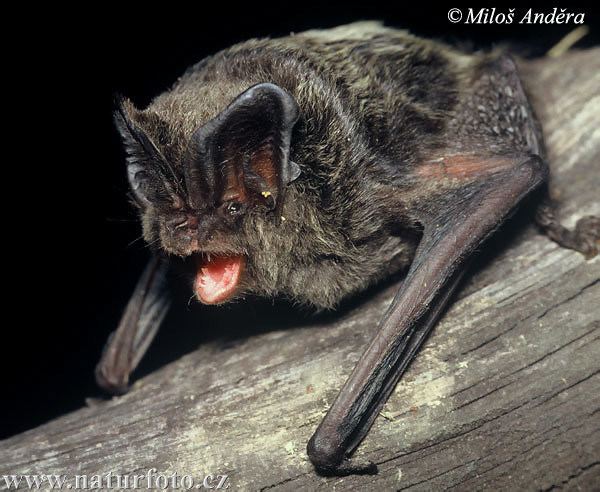
Barbastelle bat colony in flanders belgium
Habitat
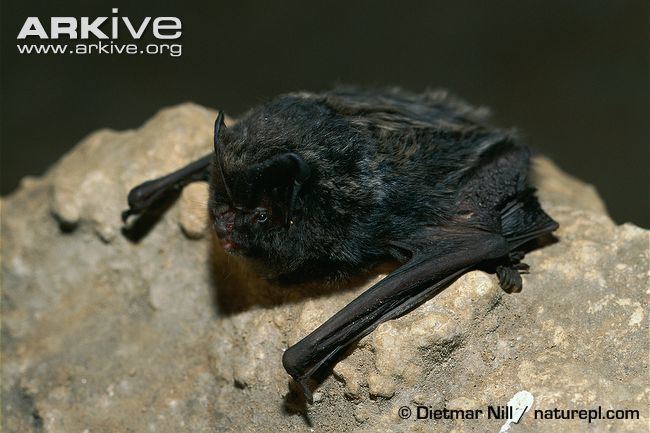
They roost in splits or behind loose bark of trees all year, normally in ancient or old growth deciduous woods that have a substantial understorey. Damaged or dead trees are the ideal habitat. They move between the roosts with great frequency.
Protection

They are protected under the European Habitats Directive. In the UK their rarity means that Woodlands containing the species may be considered for notification as a Site of Special Scientific Interest and may attract a grant under Natural Englands Environmental Stewardship scheme.
Echolocation
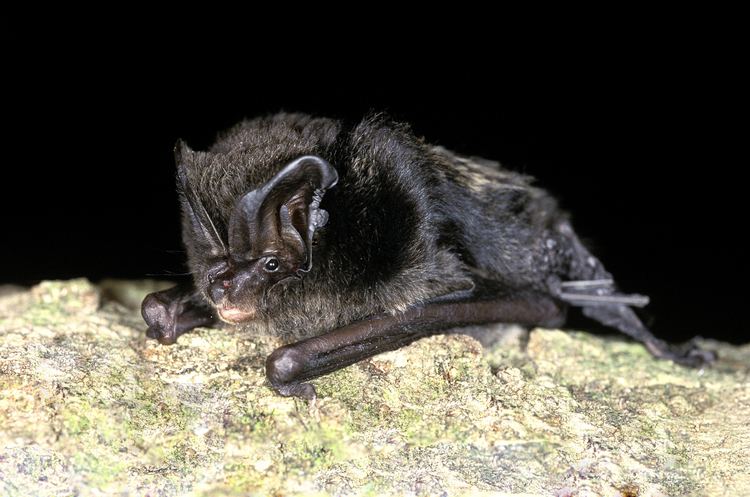
The barbastelle has two main call types used for echolocation. The frequency parameters of call type 1 lie between 30–38 kHz, have most energy at 33 kHz and have an average duration of 2.5 ms. The frequency parameters of call type 2 lie between 29–47 kHz, have most energy at 38 kHz and have an average duration of 4.1 ms.
